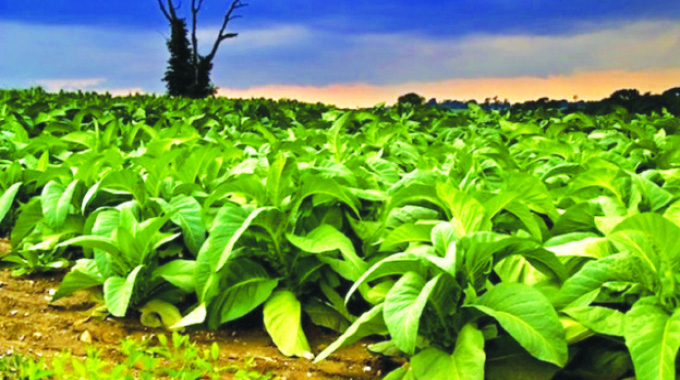
Martin Kadzere
Senior Business Reporter
The land reform programme implemented by the Government of Zimbabwe two decades ago has been a huge success especially in the tobacco sector, where locals have taken the sector to levels where production is almost at par with what white former farmers achieved.
For years now local farmers have been able to produce around 200 million kg of the golden leaf earning the country close US$1 billion annually and effort are underway to reach the 300 million kg mark starting next season.
However, for the sector to be sustainable and sustain millions of people in Zimbabwe, players in the tobacco industry say there is need to urgently explore alternative curing fuel, warning the tobacco cured using unsustainable sources may not be accepted by key customers in the future.
In Zimbabwe, vast quantities of wood are burned to cure tobacco, contributing to massive deforestation.
Some big commercial farmers use coal, which emits carbon dioxide, the main greenhouse gas blamed for global warming.
Tobacco is the country’s second largest foreign currency earner after gold and is largely grown by communal small-holder farmers. Already, there are growing calls from environmental pressures groups around the world advocating the use of cleaner sources of energy to limit carbon emissions.
Zimbabwe Tobacco Association (ZTA) said there was huge risk that key customers may, in the near future, refuse to accept tobacco cured using sources deemed harmful to environment.
“Wood continues to be the major source of curing fuel; most of it obtained from unsustainable sources for the tobacco crop,” chief executive of ZTA Rodney Ambrose said.
“Large tracts of forests continue to be depleted at alarming rates with little intervention by any of the authorities or the industry at large.
“Provision of coal is not a sustainable source and in the near future, tobacco cured with non sustainable curing fuel may not be accepted by key customers. Alternate curing fuels need to be found more urgently than before.”
According to Tobacco Industry and Marketing Board (TIMB), research and development is at an advanced stage to facilitate the use of other renewable sources of energy for curing tobacco. These include use of biogas and solar hybrid barns.

Mr Ambrose
Research is also being done to evaluate the suitability of other species of trees as sources of fuel especially bamboo.
Zimbabwe loses about 330 000 hectares of forests annually, according to Forestry Commission.
Ambrose said there was little evidence on the effective use of the afforestation levy by the TIMB.
Farmers are charged 0,75 percent levy on tobacco sales, which is expected to go towards the country’s afforestation initiatives. Afforestation is a proven solution in major tobacco producing countries such as Brazil.
Zimbabwe is a signatory to the Paris climate change accord agreed in 2015, which seeks to reduce and hold the global average temperature below 2 degrees Celsius.
As part of its national action plan, Zimbabwe aims to reduce emissions from deforestation and forest degradation. Trees release planet-warming carbon dioxide when they are burned or rot.
This week, President Mnangagwa told leaders dialogue held virtually on the impact of Covid-19 on climate change mitigation that the country has a long-term low emission development strategy which provides a range of options to contribute in the climate change goal of limiting the global temperature increase. — www.ebusinessweekly.co.zw.
